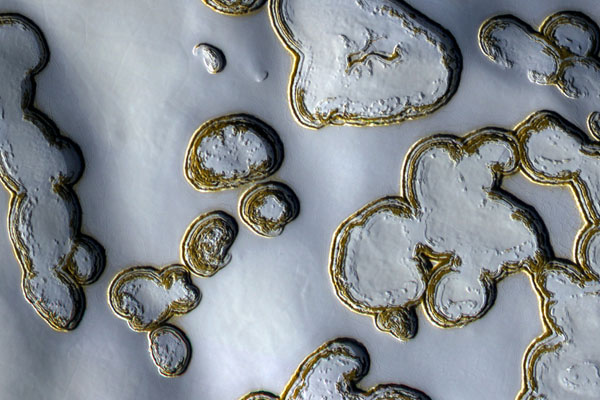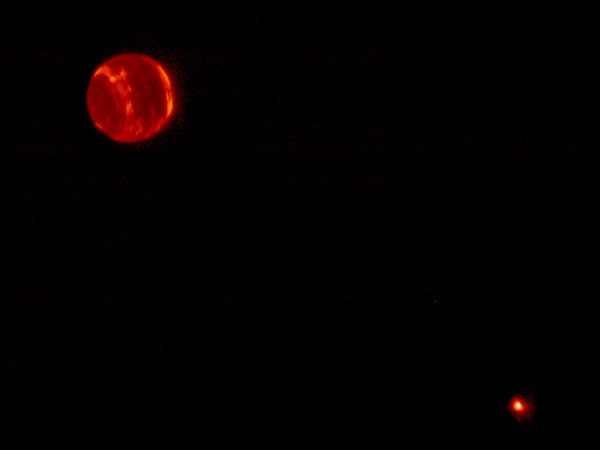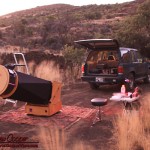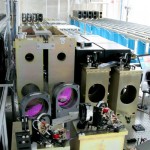The old saying “Necessity is the mother of invention” has a certain truth to it.
In this case the necessity is created by the conditions. Sub-freezing temperatures, bone chilling wind, and the need to be outside under these conditions. The summit of Mauna Kea can be downright miserable for mere human beings. Yet, in order to operate the laser, someone has to watch and insure we do not illuminate some passenger aircraft on the way to Australia.
Thus we have laser spotters, a hardy crew indeed. Braving the conditions, spending hours watching the sky to insure we operate safely. We are attempting to introduce technological solutions to the problem. The FAA however is an extraordinarily conservative organization, rightly so when hundreds of lives are at risk on any given flight. It takes time, many years, to approve another method of insuring safe laser operation.
It is a cold job. I have done it for a few hours, just enough to instill a real respect for the guys who do it all night. You bundle up in many layers of insulation and attempt to get comfortable in a position that allows observation of the area of sky around the beam. Given the heavy clothing it is a pain to simply sweep the sky, and completely reposition each time the telescope changes target.
Given the problem, Doug Macilroy, one of our intrepid Keck crew, saw a solution. It took time, and a number of prototypes to get it right. But he now has a neat way to stay comfortable and warm while scanning the sky. Now we have the “Laser Susan”!
YouTube video for the Laser Susan




